How to make money on Instagram as a creative
Designers and artists, this is how to make money on Instagram.
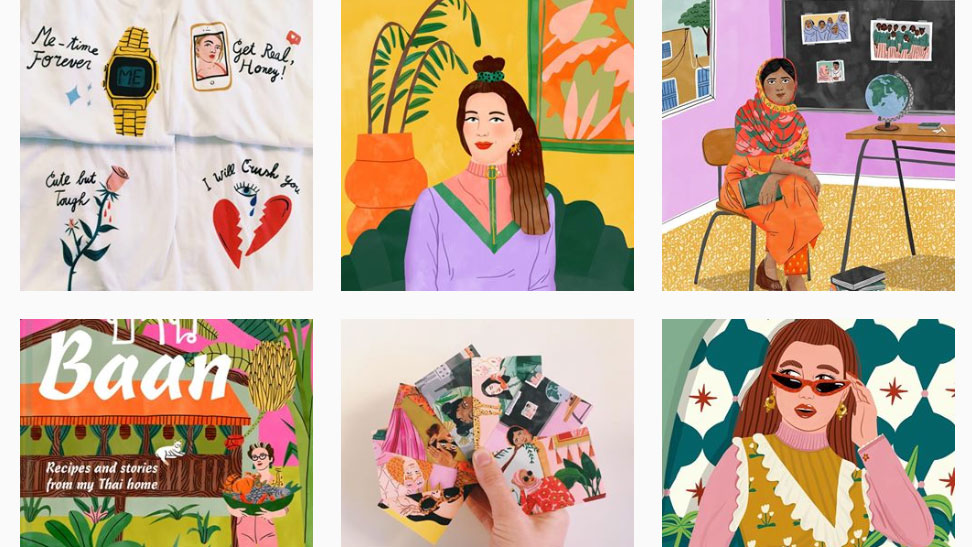
Would you like to know how to make money on Instagram? With over a billion users per month, and the highest per-follower interaction rate of any social network, Instagram is a big part of many people’s lives, and is therefore big business. There are currently more than two million active advertisers on the platform, 72 per cent of people on the platform have bought something they saw on the platform, and as people increasingly use Instagram to find graphic designers or illustrators to work or collaborate with, or buy from, using the platform well is vital for creatives.
If you want to make money through Instagram, you need to create engaging posts that reach as many people as possible, and start selling once you have a base of loyal followers. Shopify integration has made selling on Instagram easier than ever, but getting your feed seen by the right people is not quite as simple as it sounds. Using the platform well isn’t all about cramming your posts with hashtags, taking stylish photos of your breakfast or even necessarily having the most followers.
Users are shown posts not in chronological order, but according to a user’s interests and relationships. In other words, the more relevant and engaging Instagram thinks your posts are to your followers, the more they are prioritised – meaning that creating the right sort of post is vital.
So how can you harness your feed to get more followers and make more money? Read on for our eight top tips...
Also see our ideas on ways to make more money from design. And if you'd prefer to focus your efforts on Pinterest, see our post on how to make money on Pinterest.
How to make money on Instagram
01. Switch to a business account
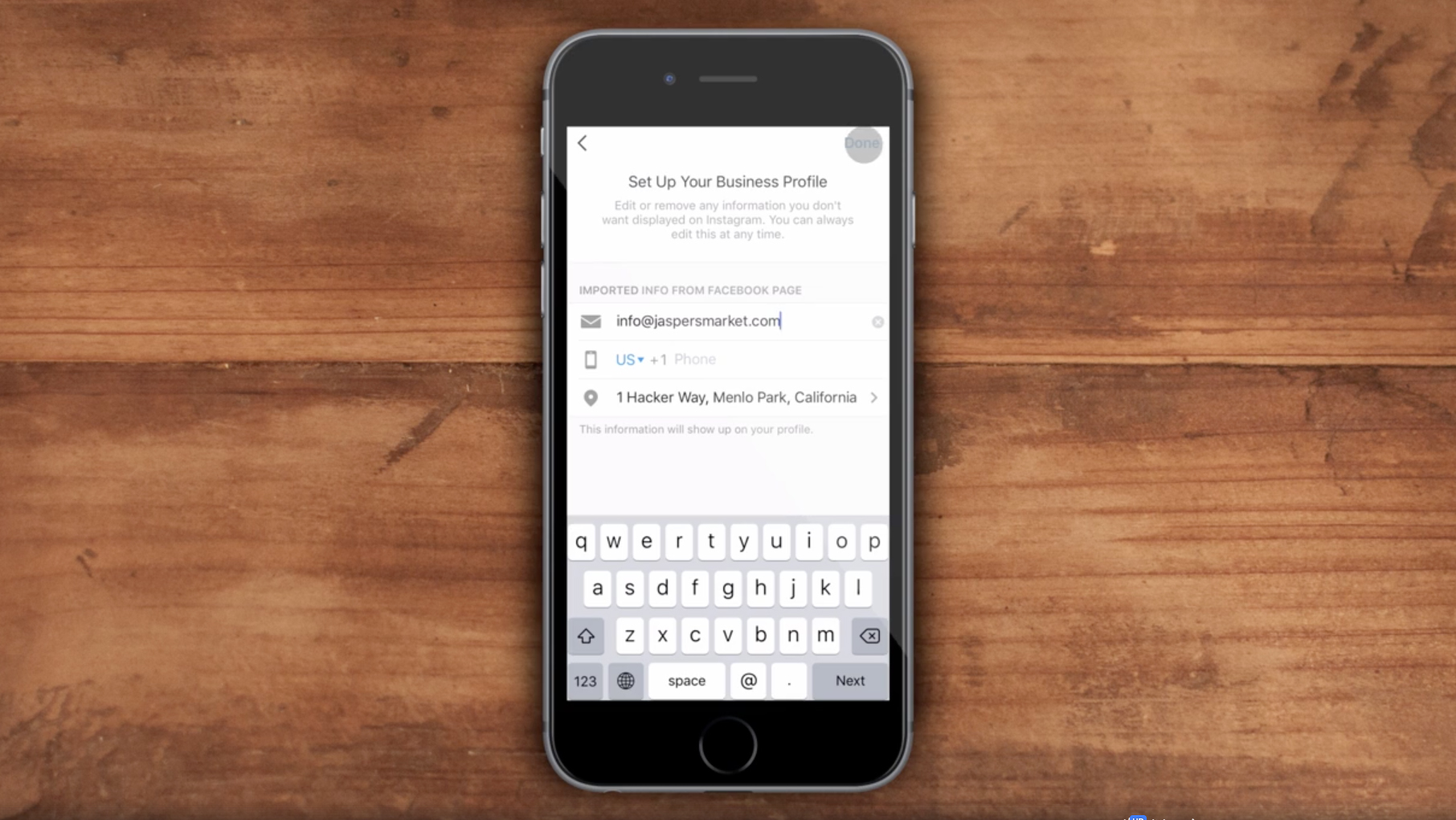
The quickest and easiest way to get insight into your Instagram account is to switch from a personal to a business account. This provides you with insight into your followers, enables you to see how your posts are performing, and create promotions. It also means you can add a ‘contact’ button to your account.
To switch your account to ‘business’, go to Settings, and select Switch to Business Profile. In order to do this, you will need to have a business Facebook page, not just a personal profile.
02. Write a clear bio with a link
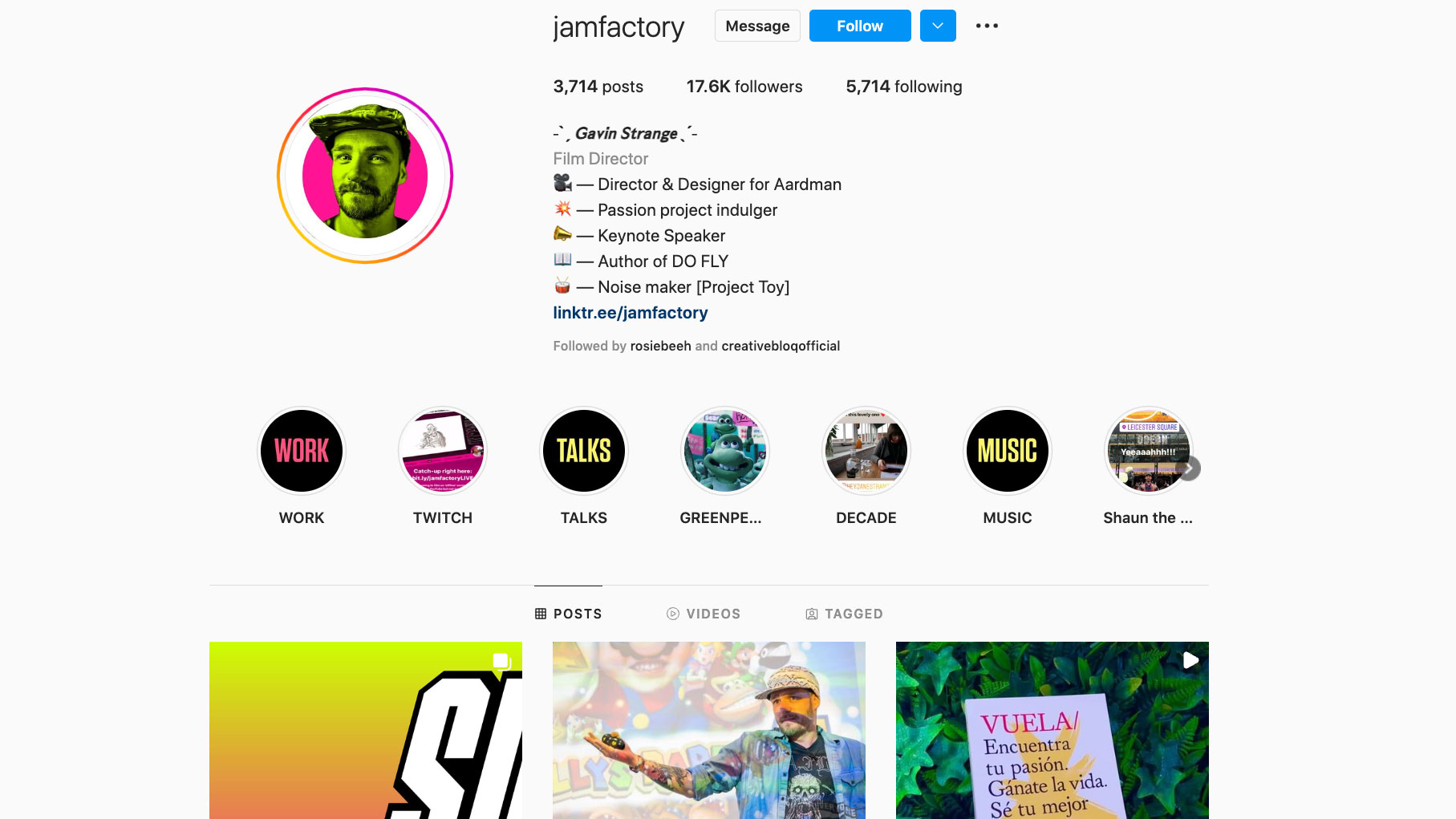
Your bio needs to tell users who you are, what you do, and to show your personality. As Instagram is a visual platform, an out of focus, grainy profile picture will not do. Use a clean image that shows who you are/what you are selling or promoting clearly.
Your bio is the only place on Instagram where you can post an active link, so choose that link wisely – linking to your website, shop or perhaps a recent project. If you are likely to continually change where you want people to look, you can use a Bit.ly link, and then update where the Bit.ly directs to rather than having to keep updating your bio with a new link.

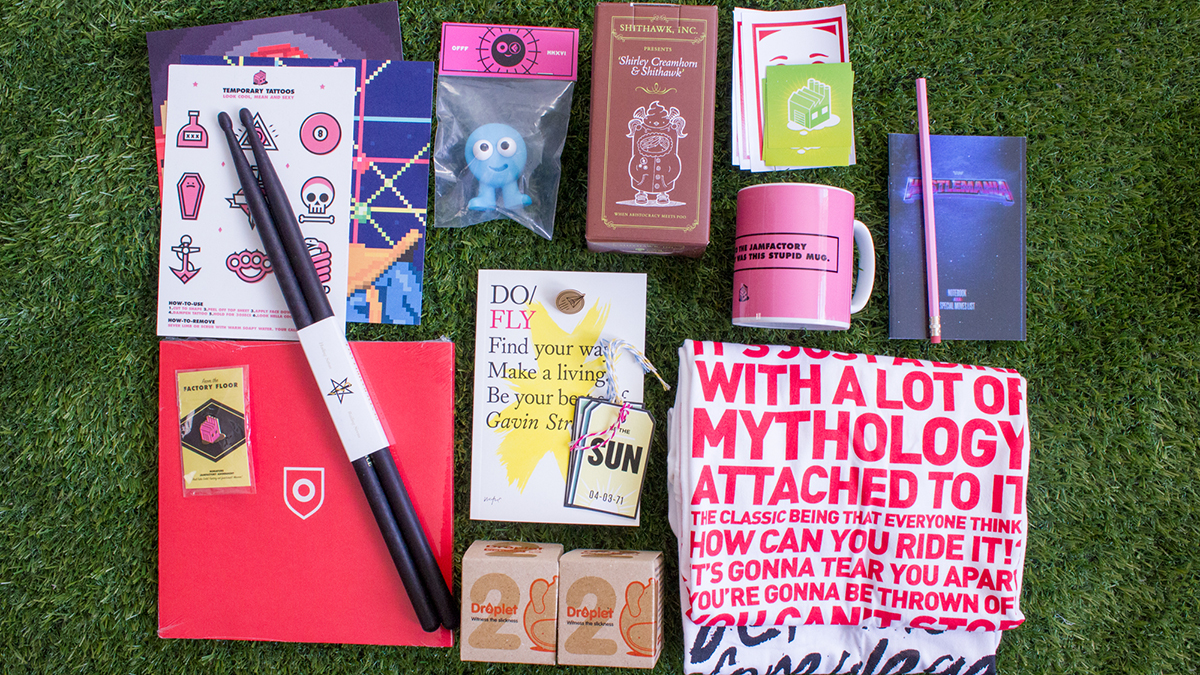
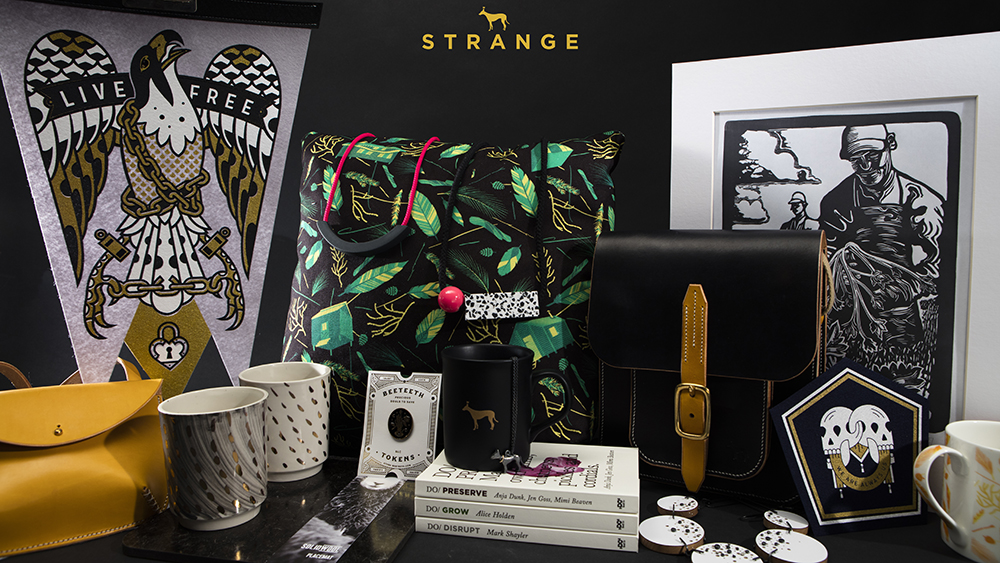
Gavin Strange, director and designer at Aardman with over 17,000 followers, has an extremely effective bio. It tells you what his day job is, the name of his alias (JamFactory), mentions his book and other projects.
He also piques interest and uses humour to make you want to find out more, and includes a link to his website.
03. Treat your feed like a portfolio
Your feed should be as visually cohesive as possible and should get across your sense of style. “I think followers like it when it’s a bit of a consistent feed, so that they know what to expect,” says illustrator Bodil Jane, who has 244,000 followers.
"Be a curator and take an outside look at your feed – it's your portfolio," is Strange's advice.
A post shared by Bodil Jane (@bodiljane)
A photo posted by on
Doodle artist Jon Burgerman, who has over 140,000 followers, agrees: “It takes people a long time to recognise your work, and people find it difficult to associate you with more than one or two things. So it’s smart, if you’re only concerned with building up an audience, to do the same thing over and over,” he says.
He does, however, add that he becomes bored of posting the same thing. “My primary concern, however, is to entertain myself. If I’m not engaged in what I’m posting, how can I expect others to be?” he says.
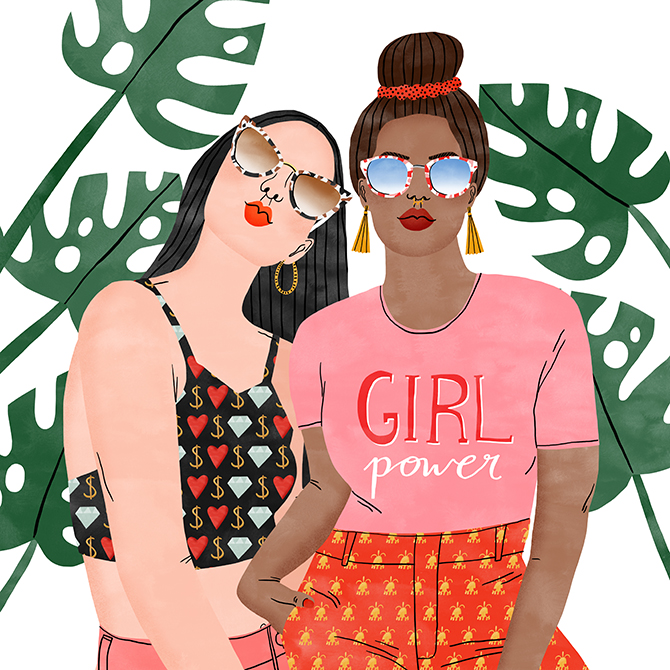
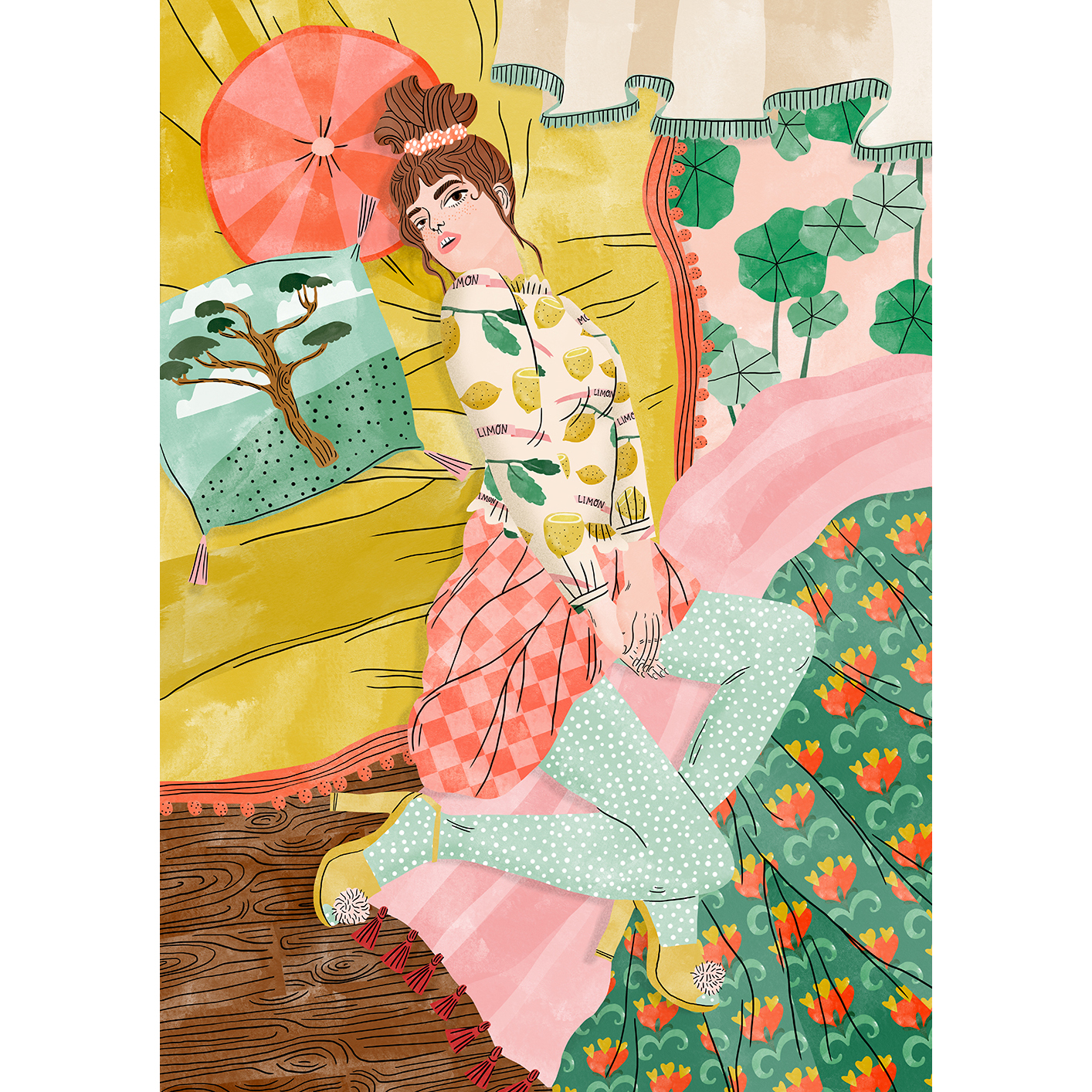
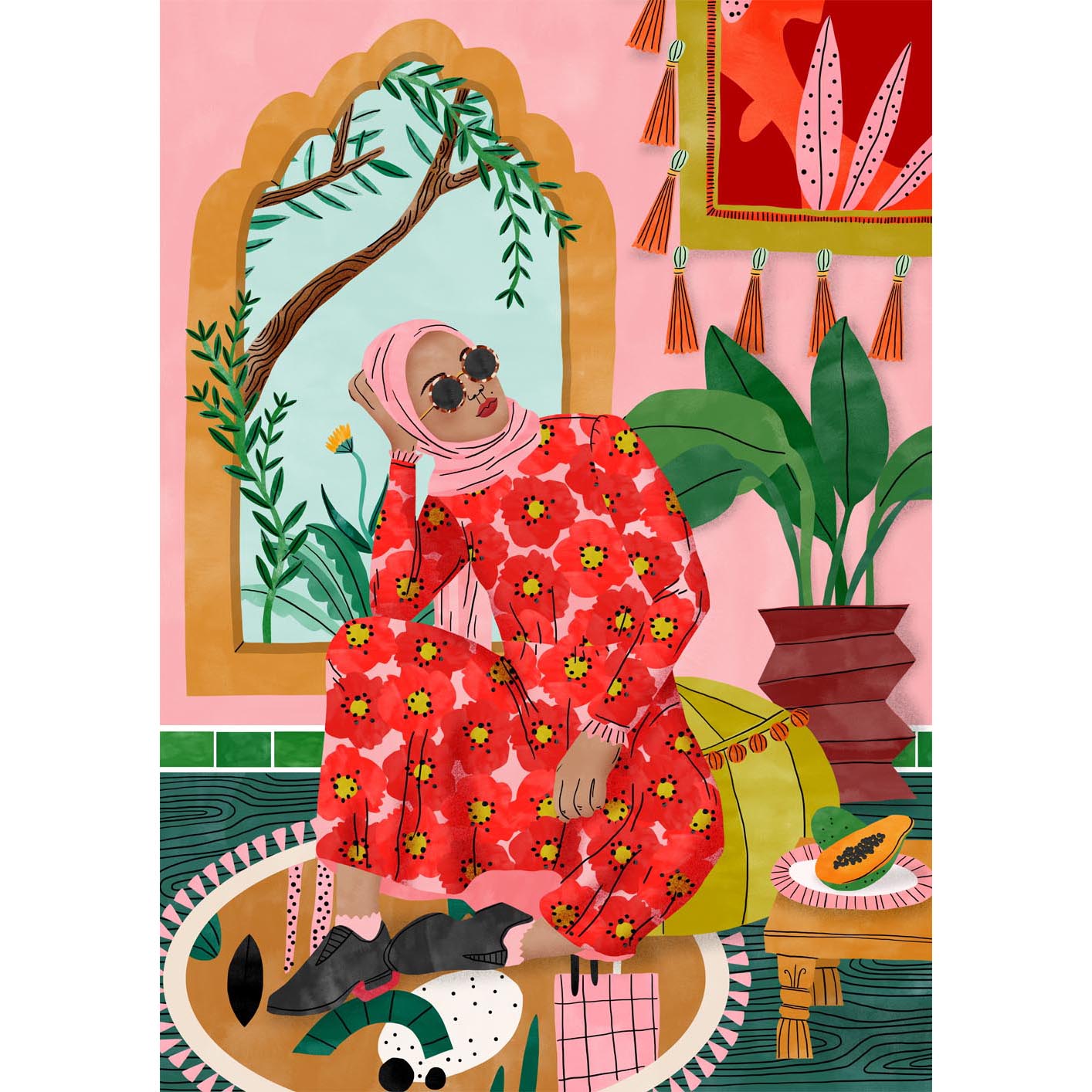

To achieve this ‘visual cohesion,’ approach your feed like you would your portfolio. Think about how your shots will look next to each other, and add variety.
Don’t take them all from the same angle, consider using a ‘colour theme’ and think about the filters you’re using and what they say about you and your work. Add carefully curated behind-the-scenes or ‘work in progress’ posts to show your personality and make users feel they are getting unique insight.
04. Use captions and hashtags
Instagram might be a visual platform, but the right caption can complement your image and further engage your followers – often a short caption and a relevant emoji or two is enough.
A post shared by Mike Kus (@mikekus)
A photo posted by on
Occasionally include a call to action in your posts, such as reminding people where they can buy your work or asking them what they think.
Research and use trending hashtags to increase your posts’ visibility, but don’t go overboard, as 10-15 hashtags is enough.




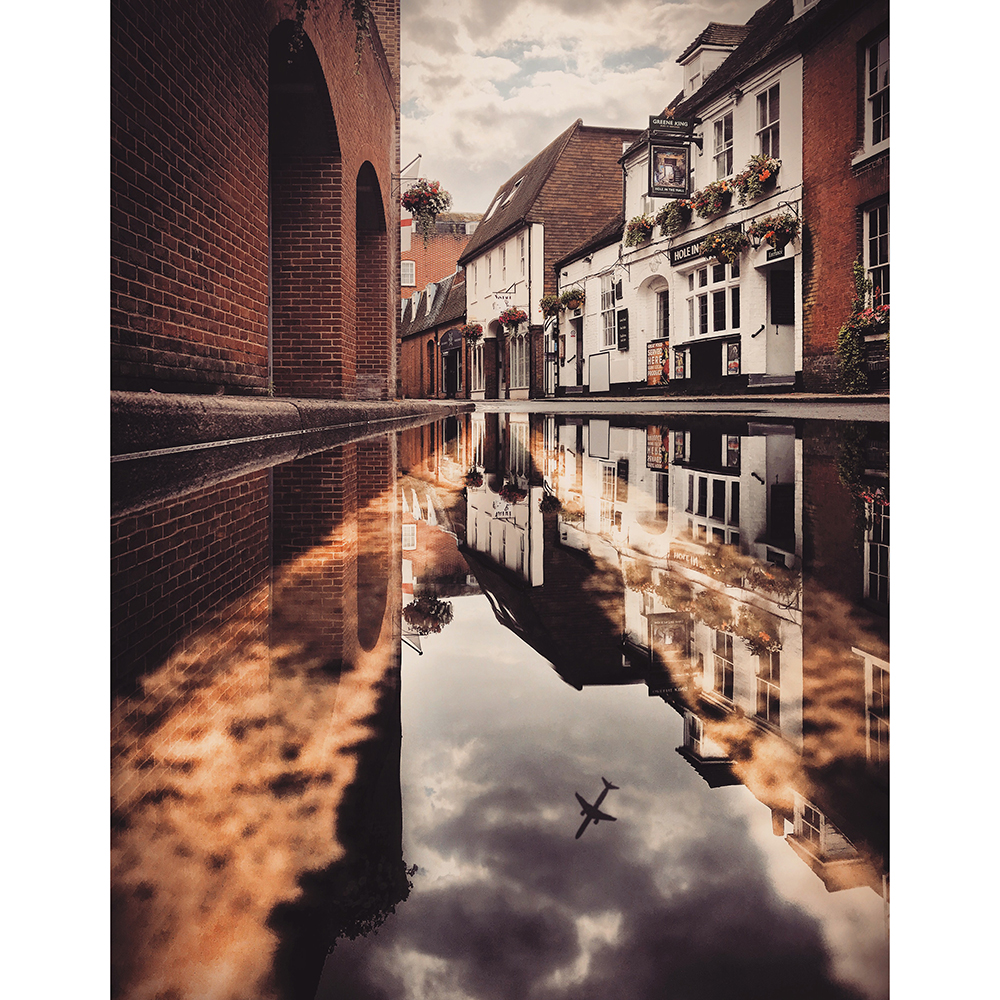


Mike Kus, who has grown an audience of over 750,000, says that getting a balance between more generic and specific hashtags is key: “The more generic your tags, the more people will be using them. For example, millions of photos are tagged #sunset, so the chances are your picture of a sunset will be buried in seconds.
"If you tag your pictures very specifically, using something like #hamspteadheathsunset, there will be fewer pictures but also fewer people searching that tag. It's about finding a balance.”
05. Use Reels and Instagram Stories
Videos tend to get more comments than photos, so use Instagram Reels and Instagram Stories (which disappear after 24 hours) as another fun way to engage with your followers, with more creativity. Find out how to use Reels in our Instagram Reels tutorial.
A post shared by Jon Burgerman (@jonburgerman)
A photo posted by on
Burgerman enjoys using stories. “I enjoy posting on the Stories feed more now, I think there’s more room to be creative in that space than in the actual main feed,” he says.
06. Engage with others
A smaller number of engaged followers is preferable to a large number of unengaged ones, so interacting with others on Instagram is key.
“Anyone who leaves a comment, I like that comment to acknowledge that I've read it,” says Kus. “If someone leaves a conversation comment or a question, I get back to the user. It's fun interacting with your following and people appreciate you getting back to their questions.”
A photo posted by @mikekus on Nov 6, 2017 at 1:37am PST
Never comment asking for likes, but do follow other people who do similar work to you and be supportive of them.
You can also use the Repost app to repost other’s posts, for example, your customer’s pictures, and experiment with creating your own hashtag – encouraging people to use that hashtag when they post about you.
07. Post regularly and at the right time
Post once a day or more, but don’t jam people’s feeds by posting too many images at once. According to Sprout Social, Tuesday to Friday at between 9am and 6pm are optimum times for posting. Thursday (at 5am, 11am 3-4pm specifically) is the best day to post, and Sunday is the worst day for engagement. These optimum times to keep changing though, so keep an eye on current engagement patterns.
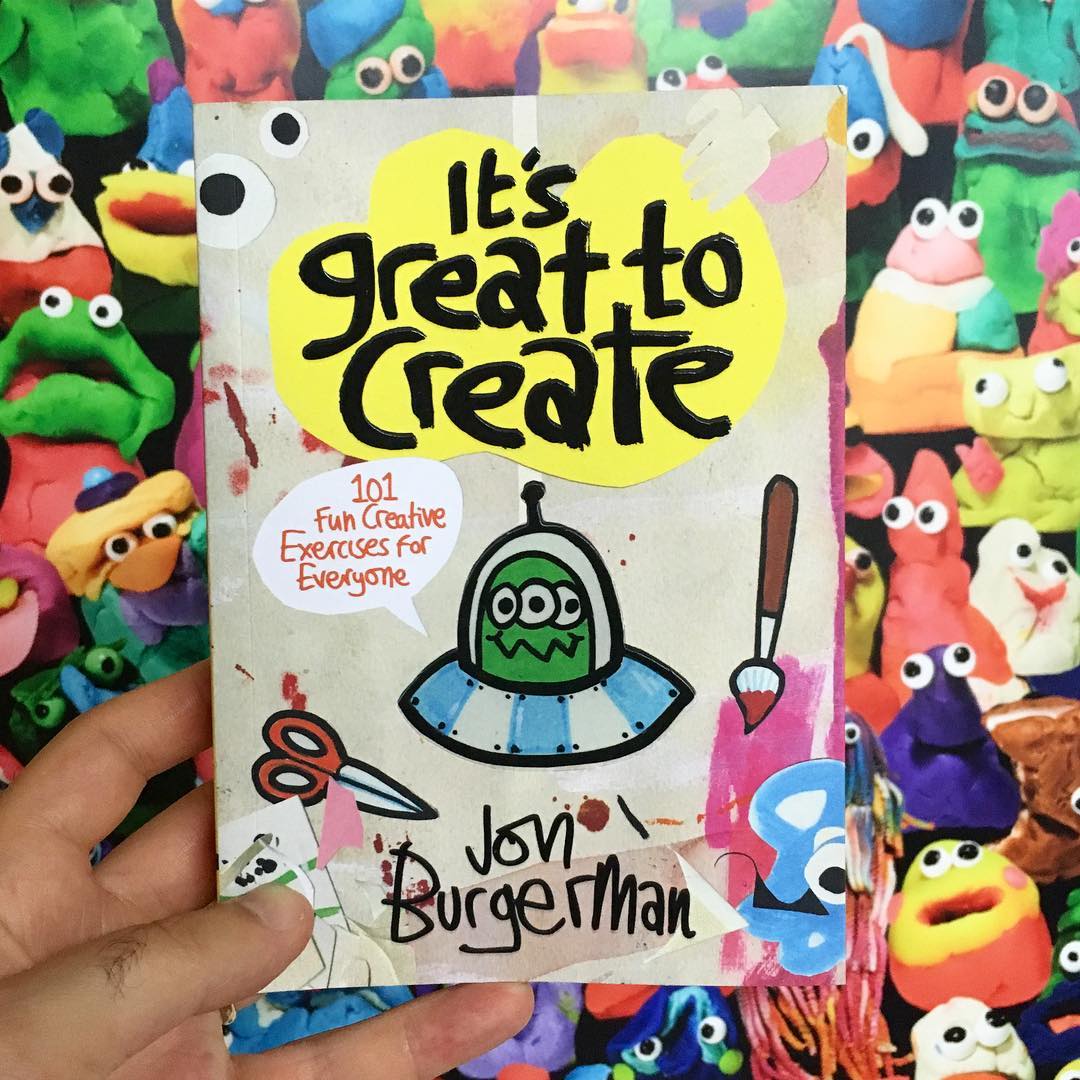

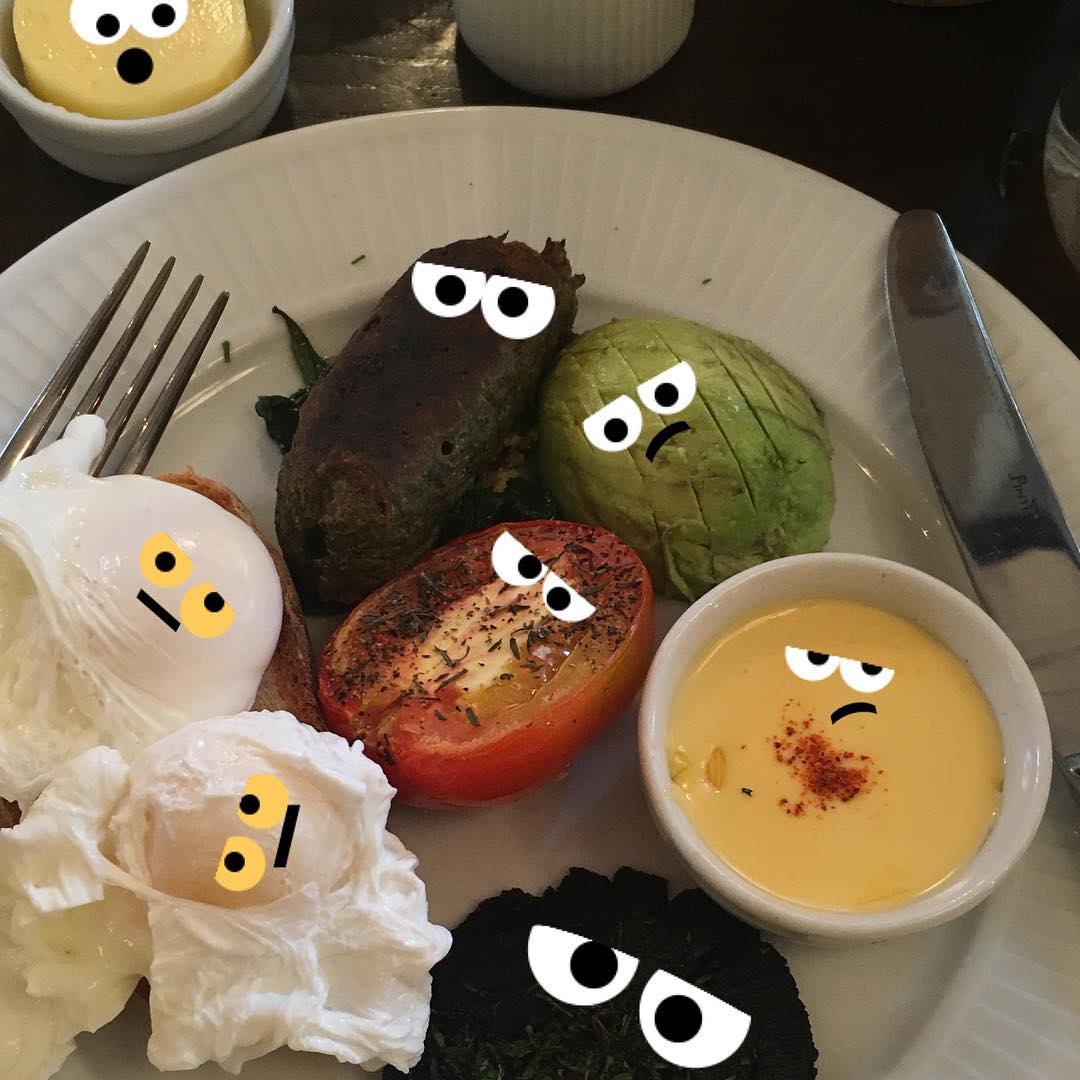
You can schedule posts through Later or Buffer if these times are tricky for you. If you are hoping to reach an audience in another timezone, think about how you can adjust these times accordingly.
08. Act as if you were an influencer
Being an Instagram ‘influencer’ is one way to make money from the platform. Kus, who has partnered with brands such as Nike, Land Rover, Getty and LG, suggests considering such partnerships as you curate your feed.
”Try to post regularly and post material that you're passionate about and would like to do more of. This way, when you do get approached by a brand, it will hopefully be a brand that has some kind of connection to the work that you put out,” he says.
A post shared by Bodil Jane (@bodiljane)
A photo posted by on
Bodil Jane also suggests choosing who you partner with carefully. “I feel like I have a responsibility to just support brands that I really like, not just selling everything to my followers,” she says.
“When I’m browsing through Instagram I don’t like to see clearly sponsored posts. So, I feel like there should be a creative side to it.”
09. Use Instagram Shopping and Checkout
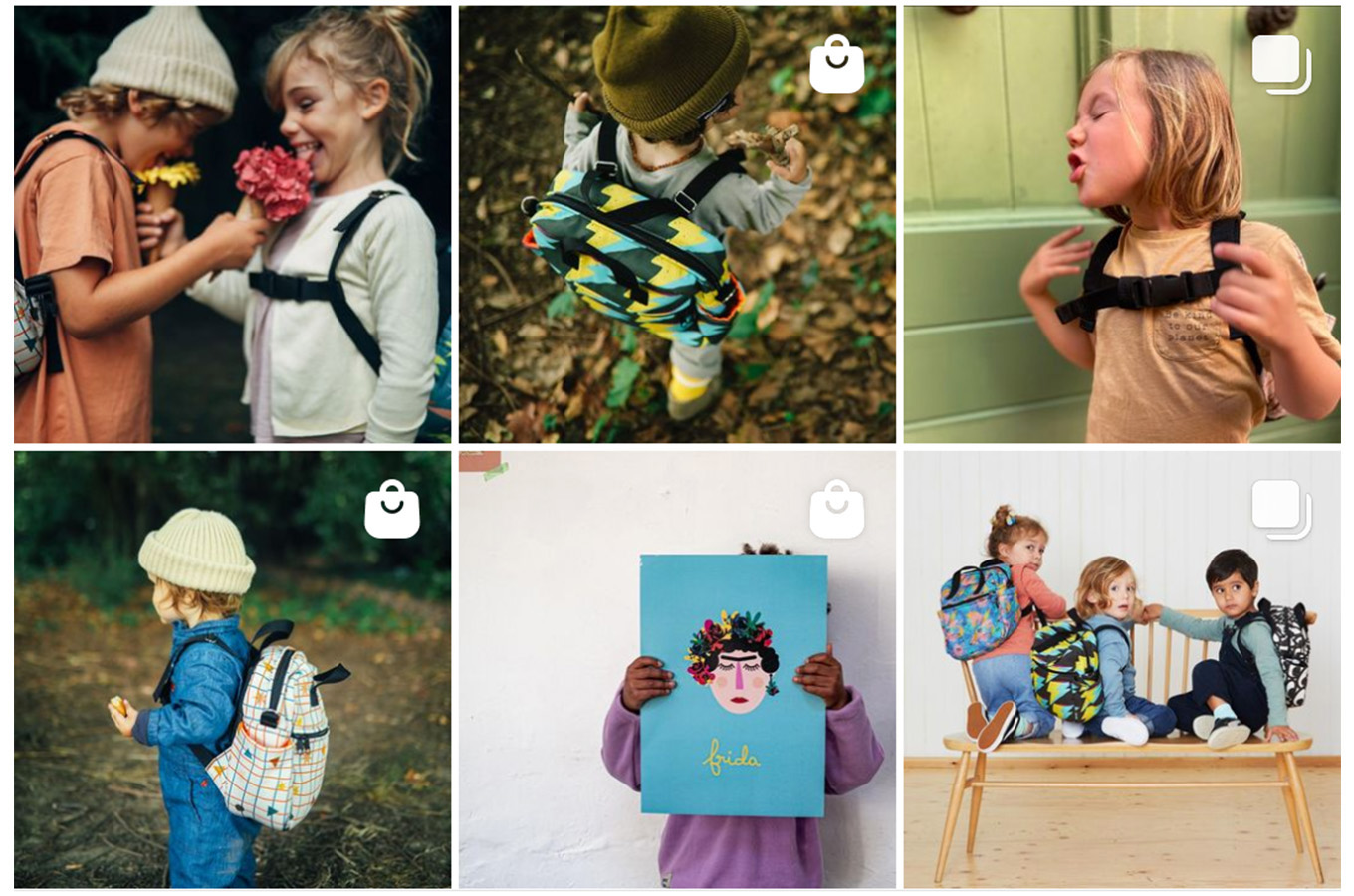
Allow your customers to buy directly from you within the Instagram app with Instagram Shopping and Checkout (checkout is US-only). If you'e got a business account linked to a Facebook page (we mentioned this above), you can create an Instagram shop by uploading your products in catalogue form and getting your account reviewed. Once approved, you can sign up for Instagram shopping and create Instagram shopping posts, streams, guides and stories, with your products tagged (find out how). Your customers can then use Insta checkout to, well, check out.
Usual engagement rules apply, such as making the posts visually appealing, adding the right hashtags and posting at the optimum times.
Apparently, Insta's long-term plan is to allow regions outside of the US to use these features, too, so just hold tight if you can't do this yet.
Related articles:
- How to sell on Etsy: 7 tips for making money from your art
- How to sell your 3D assets online
- 6 ways to save money as a freelancer

Thank you for reading 5 articles this month* Join now for unlimited access
Enjoy your first month for just £1 / $1 / €1
*Read 5 free articles per month without a subscription

Join now for unlimited access
Try first month for just £1 / $1 / €1
Get the Creative Bloq Newsletter
Daily design news, reviews, how-tos and more, as picked by the editors.

Rosie Hilder is Creative Bloq's Deputy Editor. After beginning her career in journalism in Argentina – where she worked as Deputy Editor of Time Out Buenos Aires – she moved back to the UK and joined Future Plc in 2016. Since then, she's worked as Operations Editor on magazines including Computer Arts, 3D World and Paint & Draw and Mac|Life. In 2018, she joined Creative Bloq, where she now assists with the daily management of the site, including growing the site's reach, getting involved in events, such as judging the Brand Impact Awards, and helping make sure our content serves the reader as best it can.
- Georgia CogganEditor
